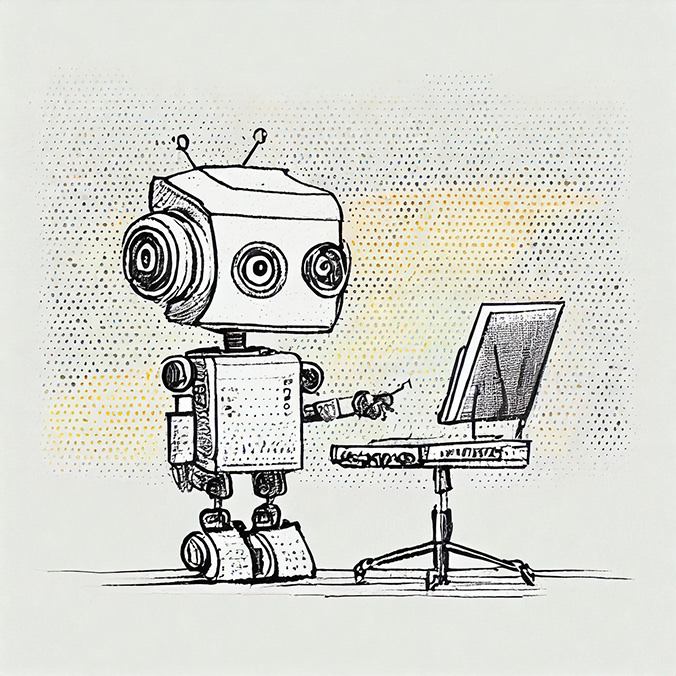Tech buyers don’t want to be marketed to. But they do appreciate the speed and accessibility of information delivered in watchable technology videos. Here are five ways to make your marketing videos more watchable.
Turn off the sound
According to the ad tech company Unruly, videos that work with the sound off are among the most effective types of video ads. If your tech marketing video depicts features and processes in ways that are visually interesting and absorbing, minimizing the talk puts the viewer’s full attention to the screen. If the video focuses on software, for example, you don’t need to say “point-and-click” or “ease-of-use” — it should be obvious.
Take a conversational tone
Most videos need narration, which should be upbeat and positive. But not sales-y. Words poured out at a rate above 125 wpm can become annoying before the first minute is up. Keep in mind that the purpose of a technology marketing video is to get the viewer to seek out more information. It’s ok if you don’t cover every feature in one go.
Use tech-y graphics and examples
Many marketers are afraid of “losing” the audience if the presentation is too technical. But you want the viewer to get involved. An explanation that maps a process or quantifies the benefits with interesting calculations can be absorbing and persuasive — and will encourage the viewer ask for further proof.
Think up a visual metaphor

A watchable technology video is one that tells a story. But, sometimes the technology itself doesn’t lend itself to storytelling. Engineers tend to be good at coming up with metaphors to explain what they’re working on, so they’re a good source of ideas for the visual metaphors than can turn a video from ho-hum to watchable. Engineers at network solution provider Brocade for example, explain how a single misbehaving device can slow up an entire storage network by likening the interactions between switches and device ports to transactions on a toll bridge. That’s a good visual metaphor that makes for a watchable video. What makes it an especially watchable technology video is that it clearly explains a problem in network architecture before introducing Brocade’s solution.
Make it one in a series of watchable technology videos
The purpose of marketing videos for technology companies is to get the viewer to seek additional information. If they like one video, they’ll be glad to find the additional info in another video. In the hero-hub-help content marketing model (previously discussed), you may fashion the product video into the “hero” that drives traffic to your website, but you’ll need hub (e.g., industry info) and help (e.g., tutorials, webinars) videos to keep them coming back.
For example, suppose your introductory video asserts that your technology solution “speeds up troubleshooting” and provides some visual evidence to back up the assertion. You could follow it up with matter-of-fact “demo” type videos in a series depicting, say “10 problems we can troubleshoot faster.” This would be interesting and valuable content for prospects. What’s more, it can easily be repurposed for webinars and other longer-form videos.




